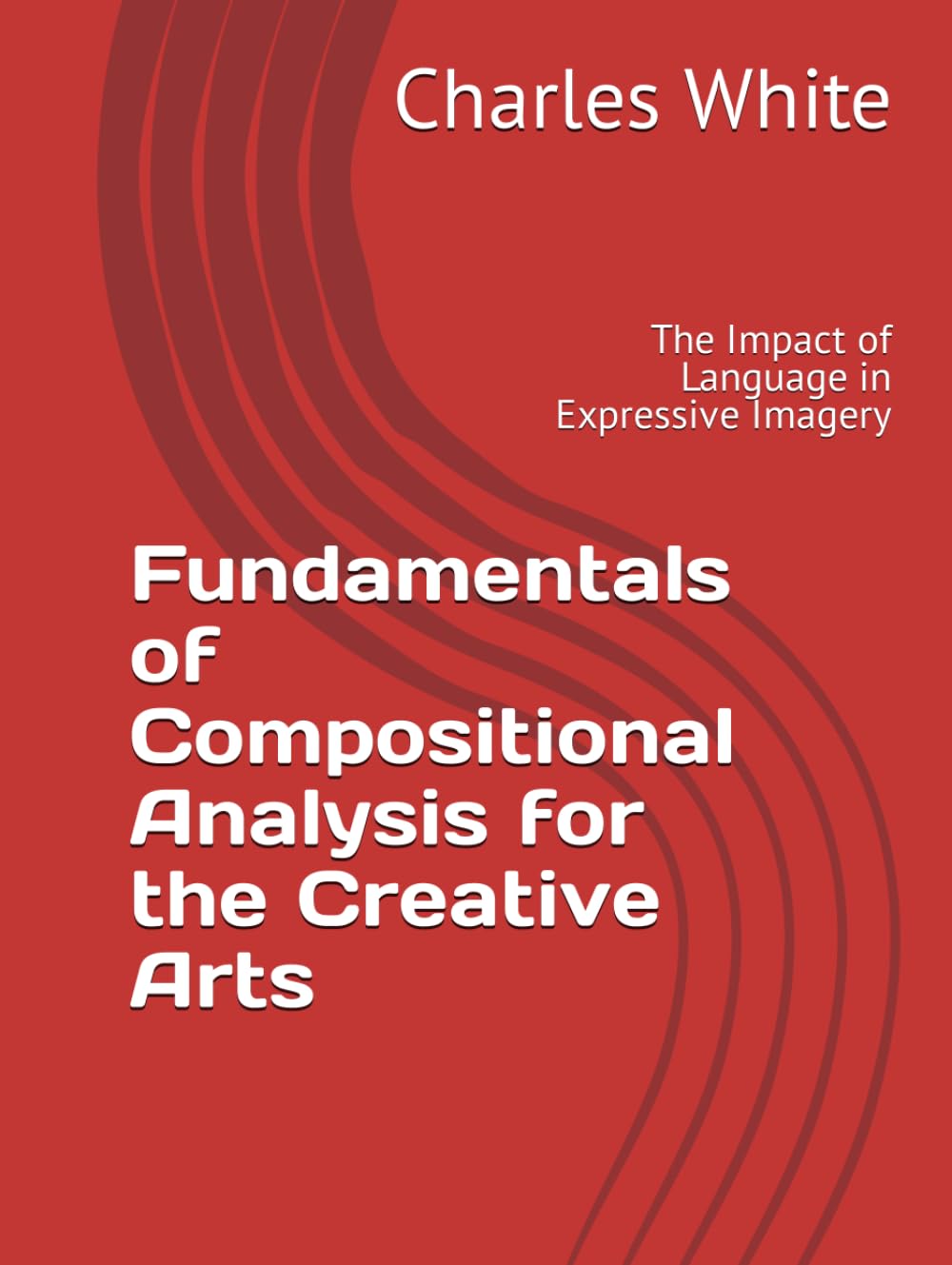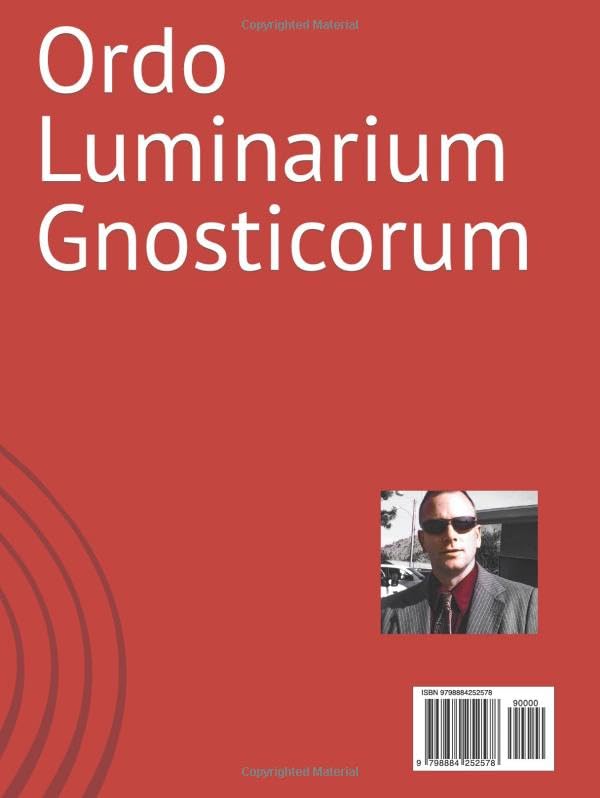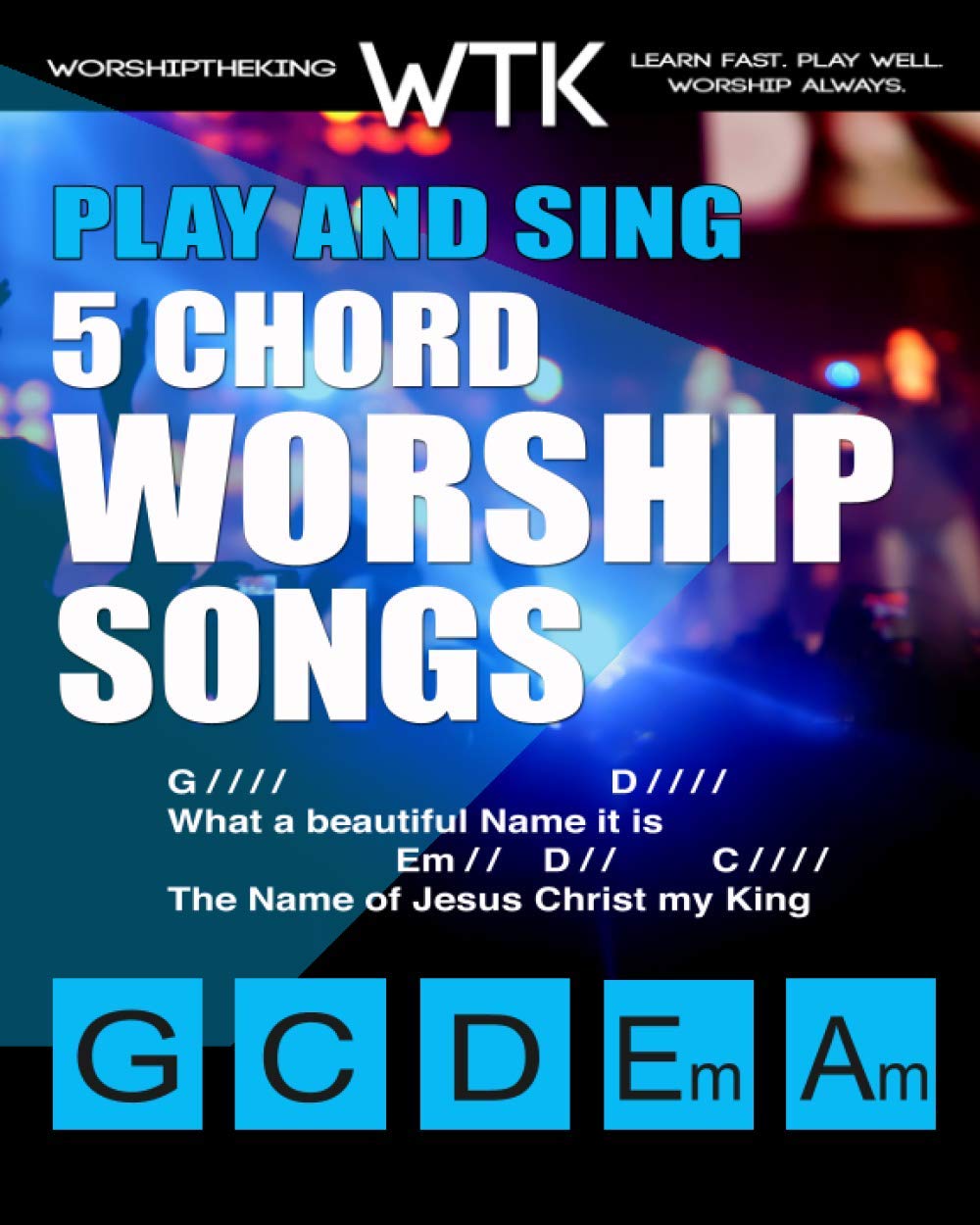In the study of creative writing, you have most likely encountered the expression “to paint a picture with words.” In the composition of lyrics, poetry, and literature, this is known as imagery: the use of figurative language to evoke a sensory experience in the reader. When a composer or poet uses descriptive language they are able to play to the reader’s senses, providing them with an experience of sights, tastes, smells, sounds, internal and external feelings, and even internal emotion. The sensory details in imagery bring works to life. Poetic Imagery is one of the literary devices that engage the human senses; sight, hearing, taste, and touch. Imagery is as important as metaphor and simile and can be written without using any figurative language at all. It represents object, action, and idea which appeal our senses. Sometimes it becomes more complex than just a picture. There are five main types of imagery, each related to one of the human senses: Visual Imagery (sight) Auditory Imagery (hearing) Olfactory Imagery (smell) Gustatory Imagery (taste) Tactile Imagery ( touch) A writer can use single or multiple imageries in his writings. Imagery can be literal. They also allow the readers to directly sympathize with the character and narrator. Through imagery, the reader imagines a similar sensory experience. It helps to build compelling poetry, convincing narratives, clear plays, well-designed film sets, and heart touching descriptive works. It involves imagination. Hence, writing without imagery would be dull and dry, and writing with imagery can be gripping and vibrant. The necessary sensory detail can allow the reader to understand the character and fine details of writing which a writer wants to communicate. Imagery can be symbolic, which deepens the impact of the text. In this compendium there are several works of art that are used as nuanced examples to illustrate common attributes and characteristics of writing and communication styles. In this book, all of the anonymously written works of art are all under our own personal and formal critique. Some are simple to understand and some rather difficult to interpret. Using the tools you have learned from creative writing over the years, you can analyze and theorize on the significant and enigmatic references imbued by the author. Commonly, a writer expresses themselves while using personal language that may not be a familiar type of wording that some are acquainted with. Culture and imaginative innovation are the main influencers in style development for authors of creative writing. However, irrespective of your roots and the place you grew up, everyone has the ability for introspection and self-expression.
Fundamentals of Compositional Analysis for the Creative Arts: The Impact of Language in Expressive Imagery
$39.99
This book teaches students about literary devices and compositional analysis, enhancing their creative writing and critical thinking skills.







Reviews
There are no reviews yet.